Amazing Designs Xhosa Attire for Women 2024
Top Traditional Xhosa Attire for Women 2024
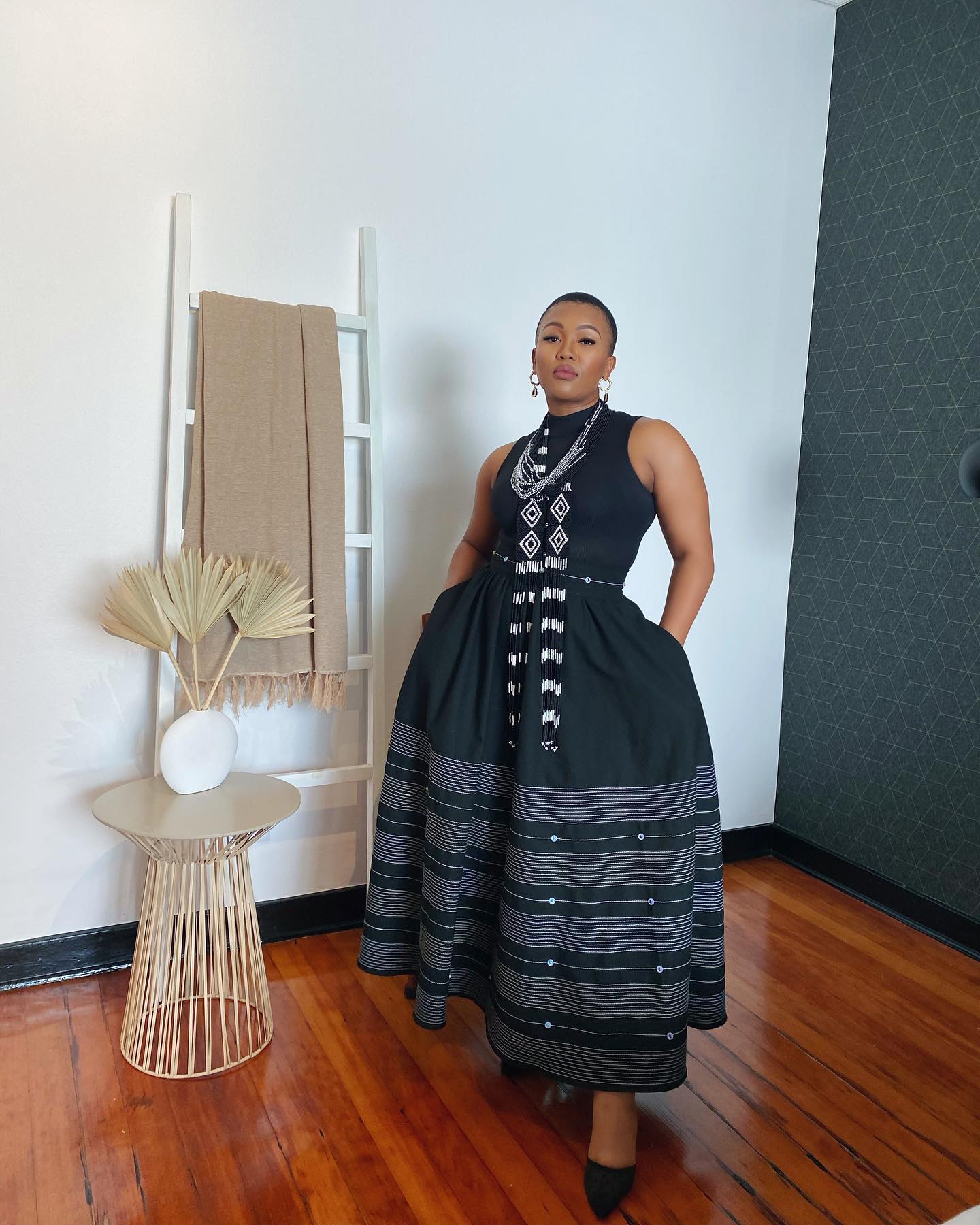 In conclusion, Xhosa Attire for both men and women is a beautiful reflection of the Xhosa culture. It showcases their rich heritage, artificer, and creativity. The emulsion of traditional and contemporary influences adds a ultramodern twist to this dateless fashion, making it applicable and charming in the time 2024 and further.
In conclusion, Xhosa Attire for both men and women is a beautiful reflection of the Xhosa culture. It showcases their rich heritage, artificer, and creativity. The emulsion of traditional and contemporary influences adds a ultramodern twist to this dateless fashion, making it applicable and charming in the time 2024 and further.
![]() The significance of Colors and Patterns in Xhosa Attire
The significance of Colors and Patterns in Xhosa Attire
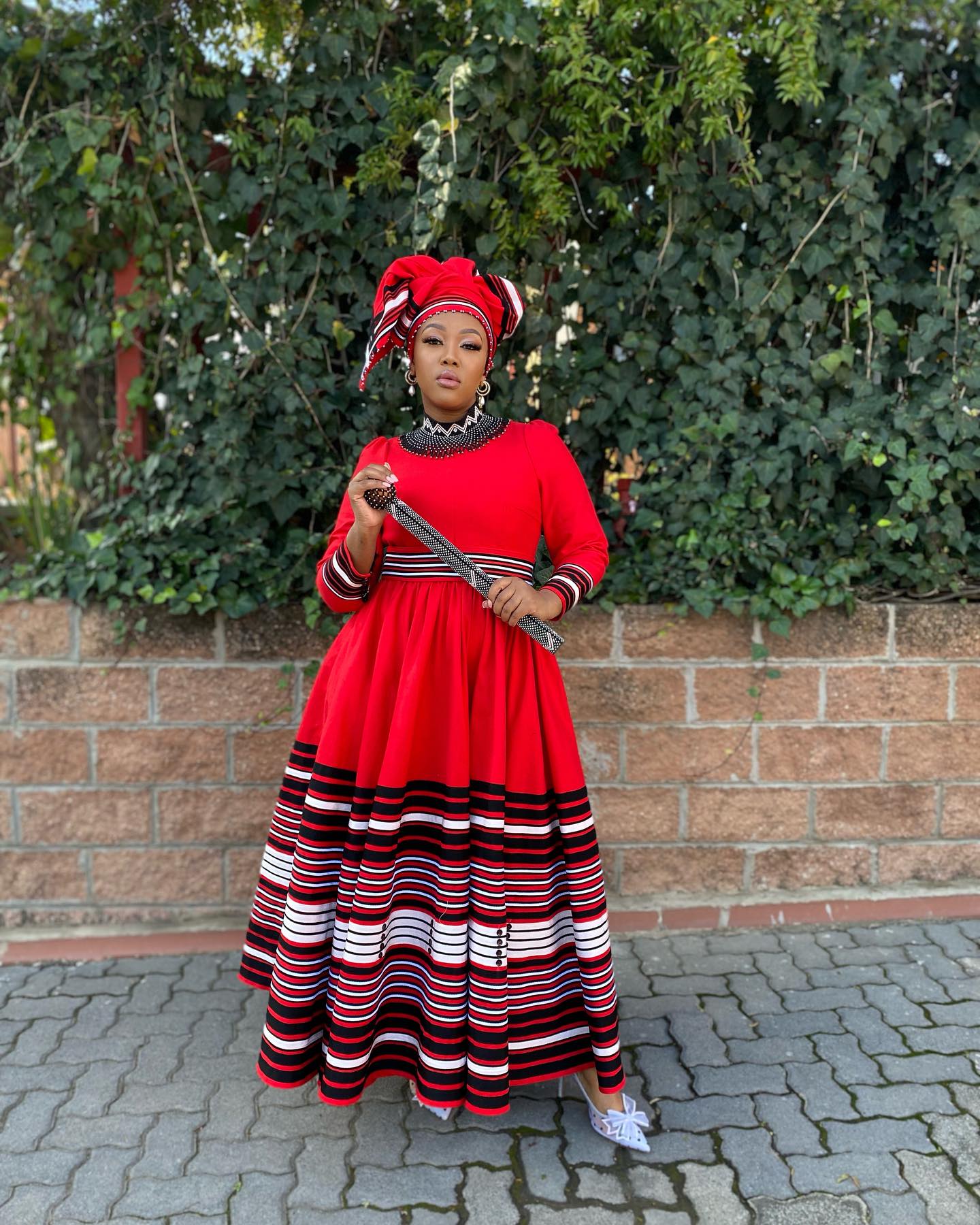 When it comes to Xhosa Attire, colors and patterns play a significant part in showcasing the rich artistic heritage of the Xhosa people. Each color and pattern holds deep symbolism and meaning, making Xhosa apparel further than just a fashion statement.
When it comes to Xhosa Attire, colors and patterns play a significant part in showcasing the rich artistic heritage of the Xhosa people. Each color and pattern holds deep symbolism and meaning, making Xhosa apparel further than just a fashion statement.
Colors in Xhosa Attire aren’t chosen at arbitrary but are precisely named to convey specific dispatches. For illustration, red represents frippery and power, while white symbolizes chastity and church. Black is frequently associated with mourning or a time of reflection, while blue signifies calmness and peace. By understanding the symbolism behind each color, one can gain a deeper appreciation for the artistic significance of Xhosa apparel.
![]() Meaning behind different patterns and designs
Meaning behind different patterns and designs
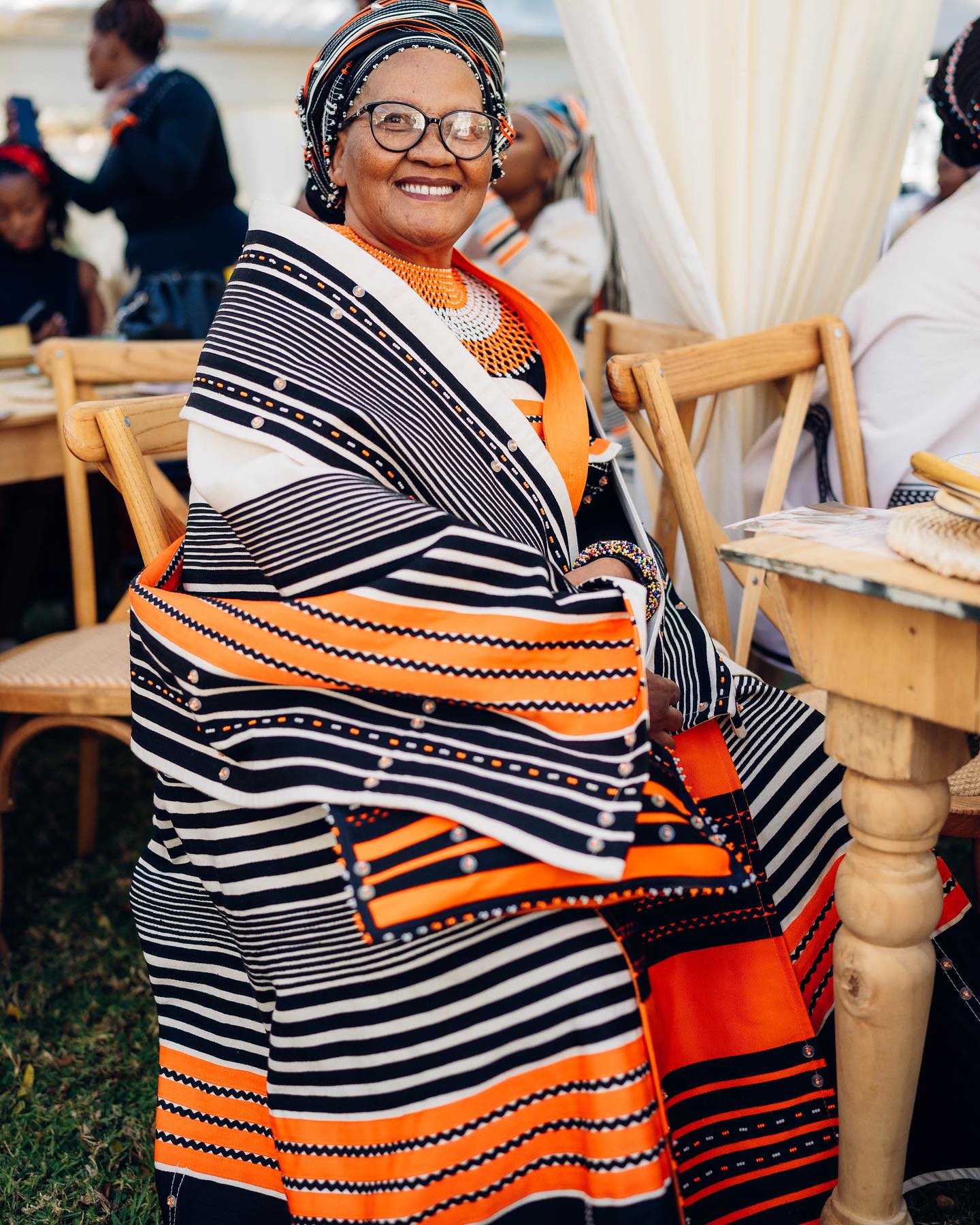 Patterns and designs in Xhosa Attire aren’t only visually charming but also carry profound meaning. For case, the “ isicholo ” headpiece worn by wedded women represents their connubial status and serves as a symbol of respect. The “ imibhaco ” pattern, characterized by bold geometric shapes, signifies concinnity and strength within the community. Each pattern tells a story and reflects the values and traditions of the Xhosa people.
Patterns and designs in Xhosa Attire aren’t only visually charming but also carry profound meaning. For case, the “ isicholo ” headpiece worn by wedded women represents their connubial status and serves as a symbol of respect. The “ imibhaco ” pattern, characterized by bold geometric shapes, signifies concinnity and strength within the community. Each pattern tells a story and reflects the values and traditions of the Xhosa people.
 By embracing the significance of colors and patterns in Xhosa vesture, individualities can recognize and celebrate the artistic heritage of the Xhosa people. Whether worn for special occasions or everyday wear and tear, Xhosa apparel serves as a important expression of identity, tradition, and pride.
By embracing the significance of colors and patterns in Xhosa vesture, individualities can recognize and celebrate the artistic heritage of the Xhosa people. Whether worn for special occasions or everyday wear and tear, Xhosa apparel serves as a important expression of identity, tradition, and pride.
![]() Xhosa Attire for Special Occasions
Xhosa Attire for Special Occasions
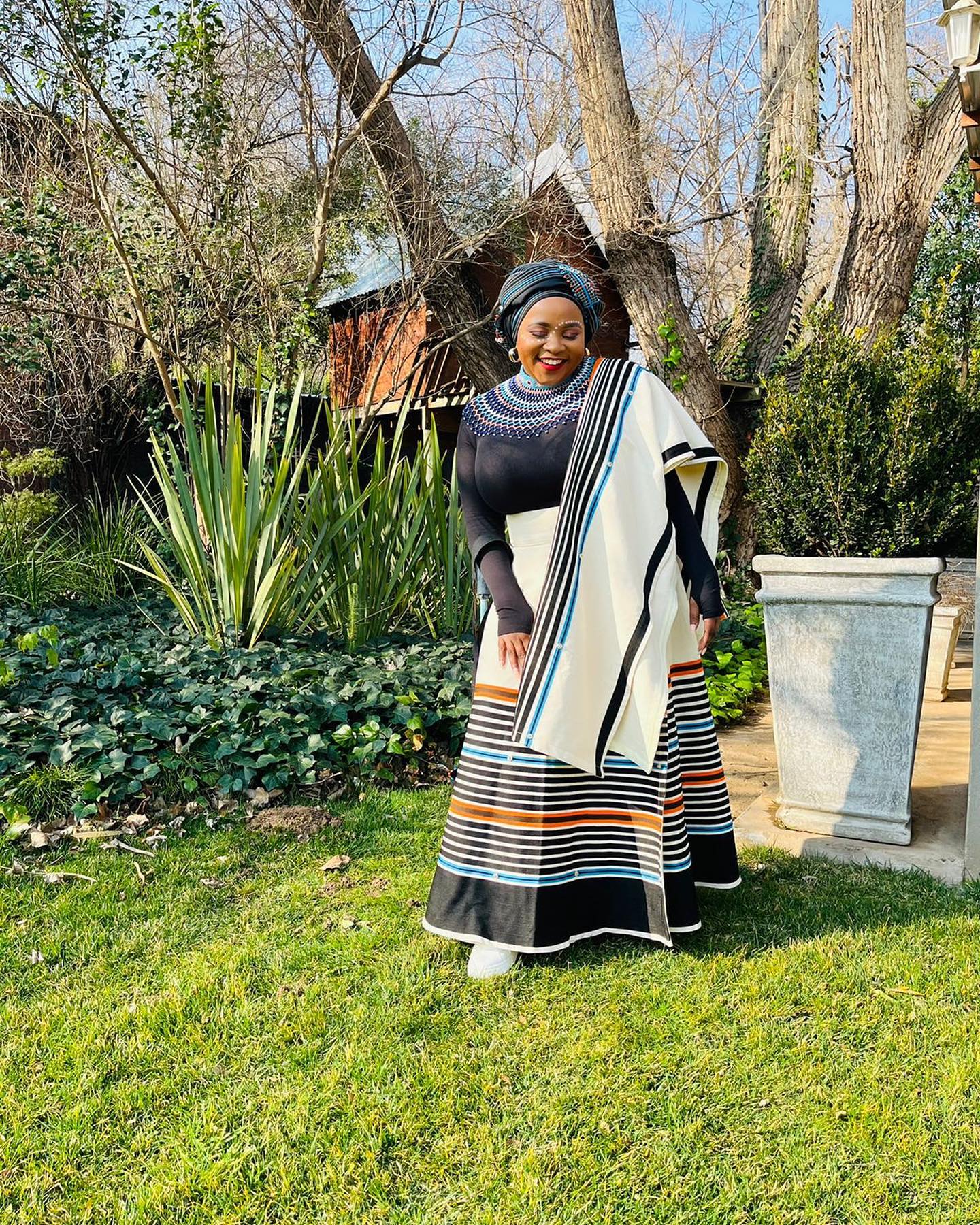 When it comes to special occasions, the Xhosa people of South Africa have a rich and vibrant tradition of vesture that adds a touch of fineness and artistic significance to any event. From marriages to traditional observances, Xhosa vesture holds deep meaning and reflects the heritage and values of the Xhosa community.
When it comes to special occasions, the Xhosa people of South Africa have a rich and vibrant tradition of vesture that adds a touch of fineness and artistic significance to any event. From marriages to traditional observances, Xhosa vesture holds deep meaning and reflects the heritage and values of the Xhosa community.
 marriages and traditional observances
marriages and traditional observances
Xhosa marriages are a festivity of love, family, and community. Traditional Xhosa vesture for marriages is known for its bold colors, intricate beadwork, and beautiful patterns. The bridegroom generally wears a stunning dress called an “ umakoti ” or “ isiduko, ” adorned with globules, embroidery, and traditional accessories like a rounded choker called “ ithumbu. ” The bachelor complements the bridegroom’s vesture with a acclimatized suit made from traditional Xhosa fabric.
 During traditional observances similar as inductions or coming- of- age rituals, Xhosa vesture plays a significant part in emblematizing the transition from one stage of life to another. youthful men frequently wear “ amabheshu, ” a skirt- suchlike garment made from beast skin or fabric, while youthful women slip vibrant dresses called “ imibhaco ” or “ isikhakha. ” These garments are intricately decorated with beadwork and reflect the artistic pride and identity of the Xhosa people.
During traditional observances similar as inductions or coming- of- age rituals, Xhosa vesture plays a significant part in emblematizing the transition from one stage of life to another. youthful men frequently wear “ amabheshu, ” a skirt- suchlike garment made from beast skin or fabric, while youthful women slip vibrant dresses called “ imibhaco ” or “ isikhakha. ” These garments are intricately decorated with beadwork and reflect the artistic pride and identity of the Xhosa people.
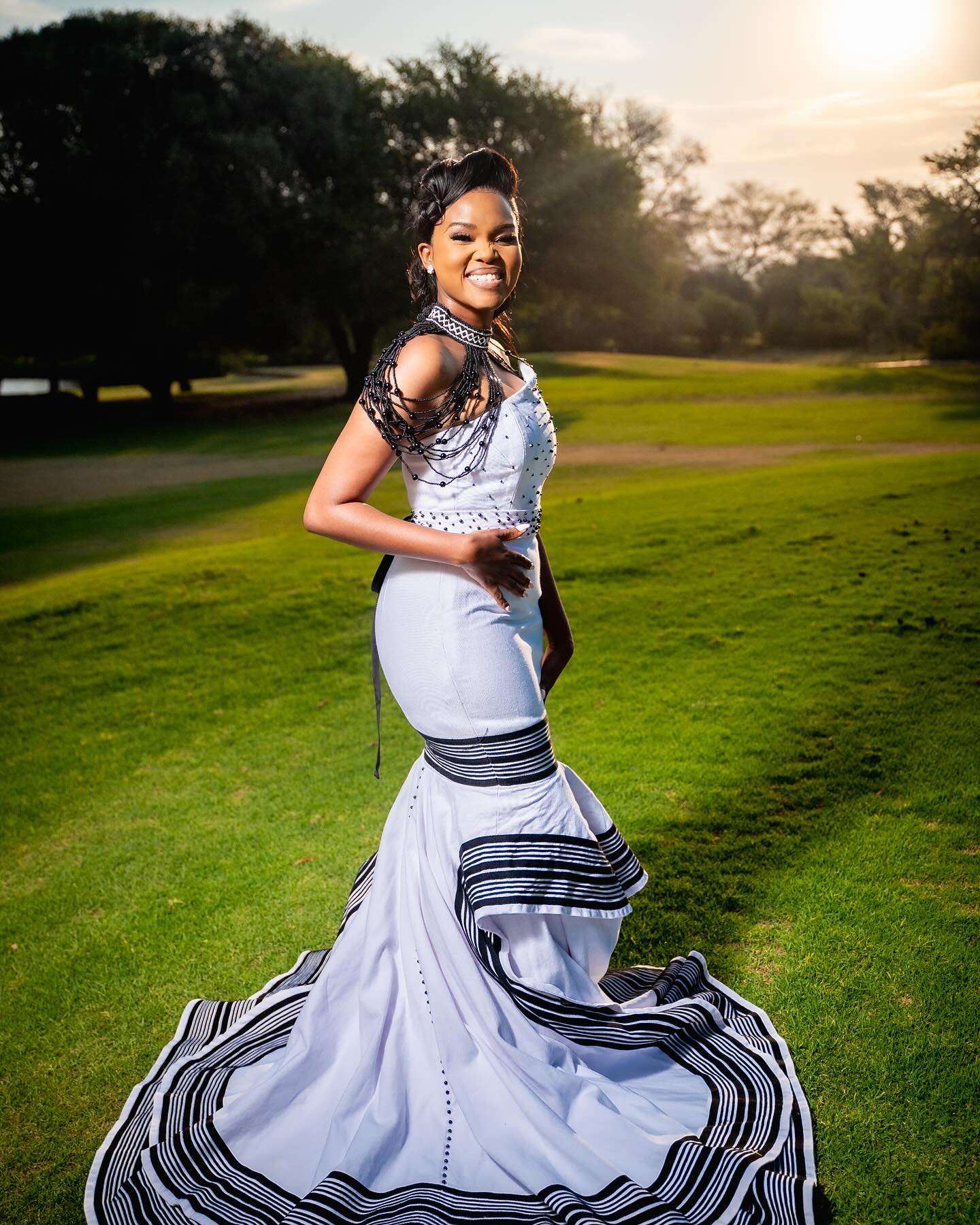
Xhosa vesture isn’t just apparel it’s a visual representation of history, culture, and identity. It serves as a memorial of the rich traditions passed down through generations and continues to be cherished and celebrated in ultramodern times. Whether it’s a marriage or a traditional form, Xhosa vesture adds an element of beauty and artistic significance to these special occasions.
 The significance of Colors and Patterns in
The significance of Colors and Patterns in 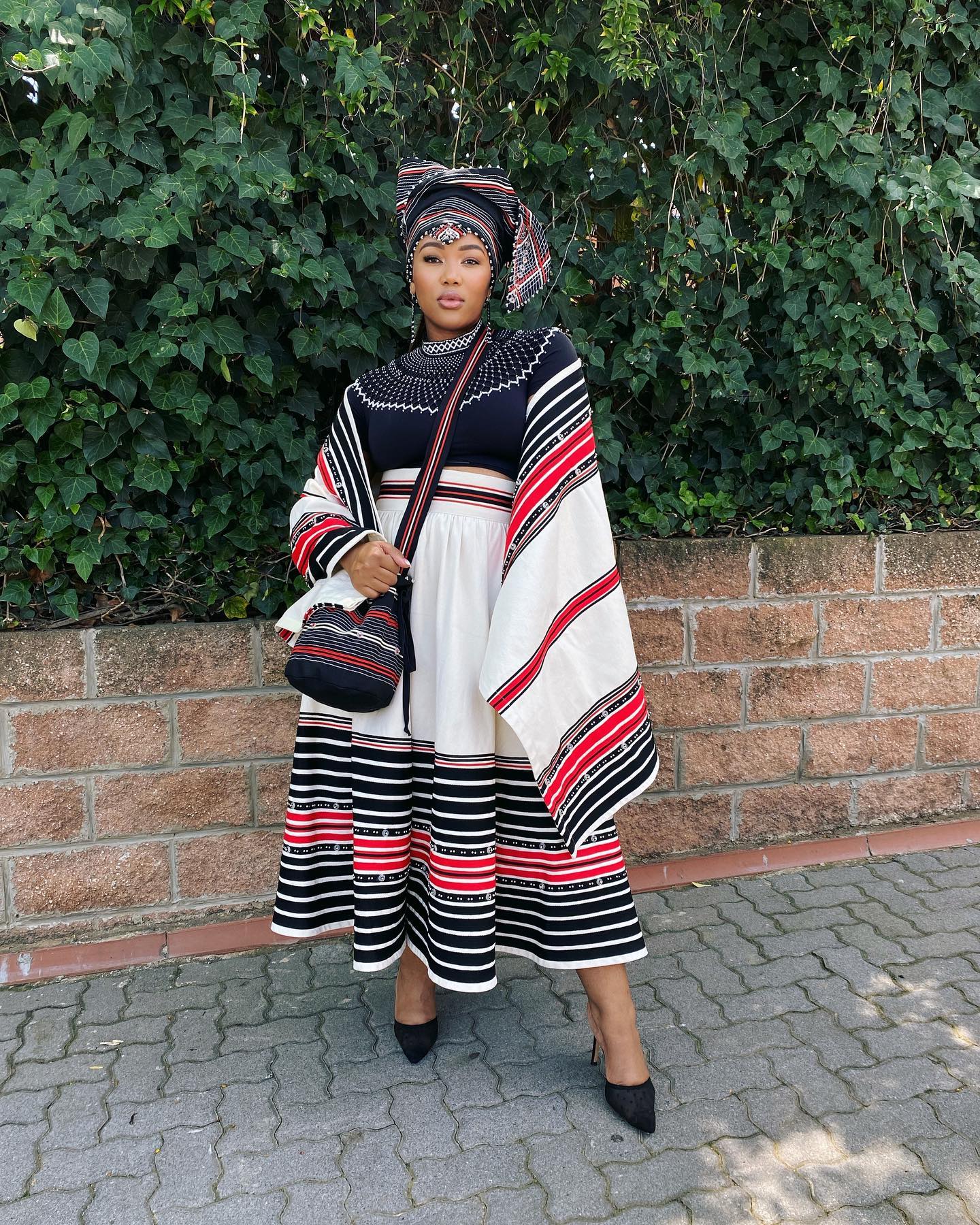 Meaning behind different patterns and designs
Meaning behind different patterns and designs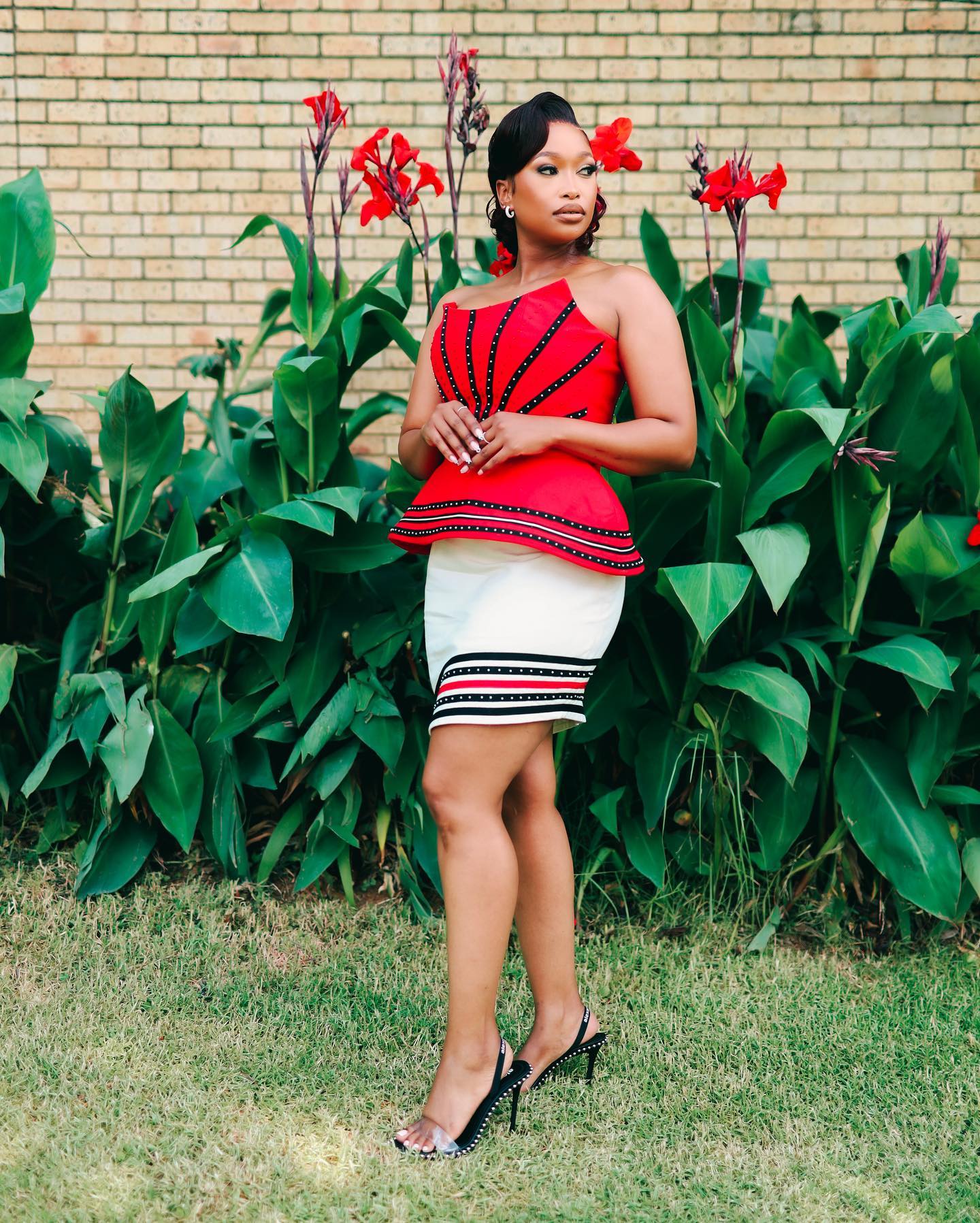 Xhosa Attire for Special Occasions
Xhosa Attire for Special Occasions
Comments are closed.